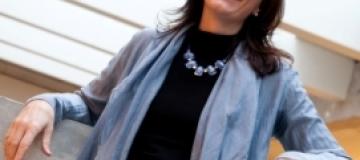
Seminar by Maristella Botticini
Collegio Morgagni, Aula Magna ore 17.30
23.05.2018
Seminar by Maristella Botticini, from Università Bocconi
Title: Nature or Nurture? Insights from Jewish History, 70 - 1930
Abstract:
The role of nature (i.e., intergenerational transmission of genes) versus nurture (i.e., intergenerational transmission of beliefs and cultural values) in affecting demographic patterns and economic performance over time is a debated topic among scholars. We contribute to this debate by studying one of the most remarkable instances in which “nurture” rather than “nature” had a major impact on demographic patterns, the history of the Jews in central and eastern Europe from 1500 to 1930.
We first briefly summarize our earlier work on the economic and demographic history of the Jews from 70 to 1492. Next, after documenting that the Jewish population in the Polish-Lithuanian Commonwealth increased at an annual rate of 1.37 percent during this period, which was strikingly high relative to any other population at that time, we investigate the engines of this exceptional growth. We show that while Jewish and non-Jewish birth rates were about the same, infant and child mortality among Jews was much lower than among non-
Jews and account for the main difference (70 percent) in Jewish versus non-Jewish natural population growth.
Our main contribution stems from documenting that Jewish families routinely adopted childcare practices that recent medical research has shown as enhancing infants’ and children’s well-being. These practices, deeply rooted in Talmudic rulings, account for the lower infant and child mortality among Jews, and in turn, for the higher Jewish population growth rate in eastern and central Europe between 1500 and 1930. The key insight of our work is that once Judaism became a “literate religion,” infant and child care as well as enhancing offsprings’ cognitive skills became focal activities of Jewish households. This insight is supported by a theoretical framework that rationalizes the demographic facts.





